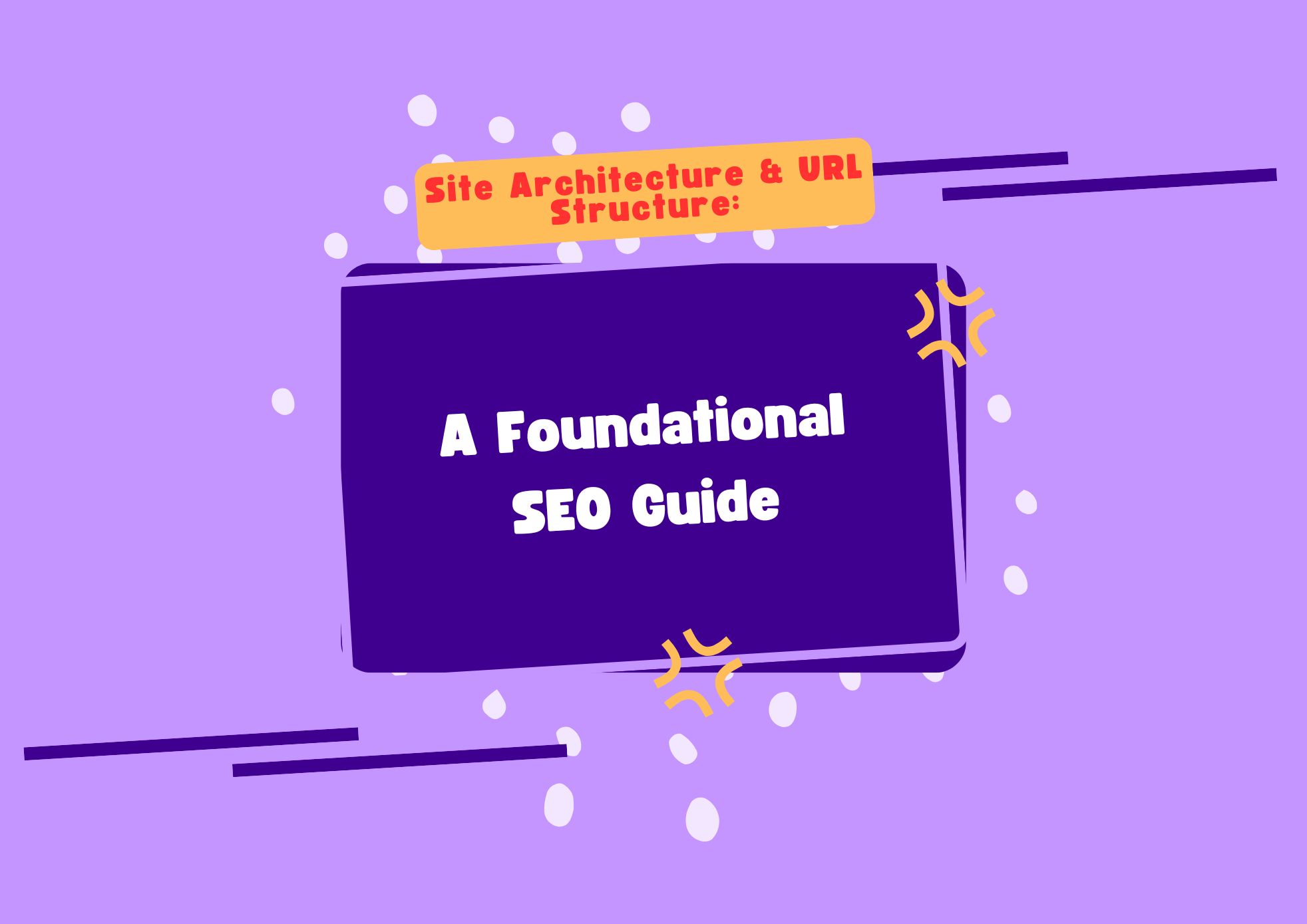In search engine optimization (SEO), the way your website is structured plays a critical role in how Google and users navigate and understand your content. Two of the most fundamental, yet often overlooked elements are site architecture and URL structure. A well-organized structure can significantly enhance crawlability, indexation, user experience, and ultimately, rankings.
This guide explains the importance of site architecture and URL structure, and how to implement both effectively.
What is Site Architecture?
Site architecture refers to how content is organized and connected on your website. It encompasses the hierarchy of pages, internal linking structure, and navigation design.
According to Google’s documentation, a website should have a clear hierarchy and include text links so that all pages can be easily reached by crawlers.
Why Site Architecture Matters for SEO
1. Crawlability
Search engines use internal links and sitemaps to navigate your site. A flat and logical structure makes it easier for Googlebot to access and understand content.
2. Indexation
Pages that are logically linked are more likely to be indexed. Orphan pages (those without any internal links) may be missed entirely.
3. Link Equity Distribution
Internal links pass authority from one page to another. A structured system ensures that important pages (like service or product pages) receive adequate link equity.
4. Improved User Navigation
A clear structure enhances usability. Users should be able to find key content in two to three clicks from the homepage.
What is URL Structure?
URL structure refers to how the URLs (web addresses) of your site are constructed. Clean and keyword-friendly URLs improve both user comprehension and search engine understanding.
Google advises that a site’s URL structure should be simple, organized logically, and use readable words instead of long ID numbers or parameters. (Source)
Best Practices for Site Architecture
- Flat Hierarchy: Try to keep all important pages within three clicks from the homepage.
- Logical Categorization: Group content by topic or service. For example,
/services/local-seo/or/blog/technical-seo/. - Use HTML Text Links: Google prefers traditional HTML links over JavaScript-dependent navigation.
- Breadcrumbs Navigation: Helps users and search engines understand page relationships. Also supports enhanced search appearance when using structured data.
- Sitemap.xml and Robots.txt: Ensure you maintain and submit an updated sitemap. Use robots.txt to control access to unnecessary pages.
Best Practices for URL Structure
- Use Hyphens to Separate Words: For example,
example.com/seo-guideinstead ofseo_guideorseoguide. - Lowercase Only: URLs should be case-insensitive. Use
example.com/about-usnotexample.com/About-Us. - Avoid Special Characters and Unnecessary Parameters: Remove symbols like
?,&,=, unless required for tracking. - Keep URLs Short and Descriptive: For example,
example.com/services/seois better thanexample.com/page?id=4537. - Include Target Keywords: Use keywords naturally in the URL for clarity and potential SEO benefits.
Examples of Good vs. Bad URL Structures
| Good URL Structure | Poor URL Structure |
|---|---|
example.com/blog/seo-audit | example.com/page?id=8372 |
example.com/services/technical-seo | example.com/index.php?page=seo |
example.com/about-us | example.com/about_us.html |
Recommended Tools
- Google Search Console: Use the Coverage, Indexing, and Page Experience reports to evaluate how Google views your structure.
- Screaming Frog SEO Spider: Crawl your entire site and visualize the depth and hierarchy of each page.
- PageSpeed Insights: Identify performance issues that may affect crawl efficiency.
- URL Inspection Tool: Inspect how Googlebot sees a specific URL.
Internal Linking Strategy
Internal linking plays a crucial role in reinforcing your architecture. As per Google’s advice, every page you want indexed should be reachable via at least one static text link.
Internal Linking Tips:
- Link from high-authority pages to cornerstone content.
- Use descriptive anchor text (e.g., “learn more about technical SEO”).
- Avoid unnecessary or repetitive links.
- Use natural contextual links within the body content, not just sidebars or footers.
Structured Data Support
Implement Breadcrumb Schema Markup to make your site hierarchy more visible in search results.
Reference: Google’s Breadcrumb Structured Data Guide
A well-designed site architecture and URL structure provide the foundation for effective SEO. They allow Google to efficiently crawl and understand your content, distribute authority across your site, and offer a better experience for users.
Make sure your URLs are readable, short, and keyword-focused. Organize your content in a logical, flat hierarchy, and build strong internal links to connect related content. Together, these practices form a core part of long-term search visibility.



